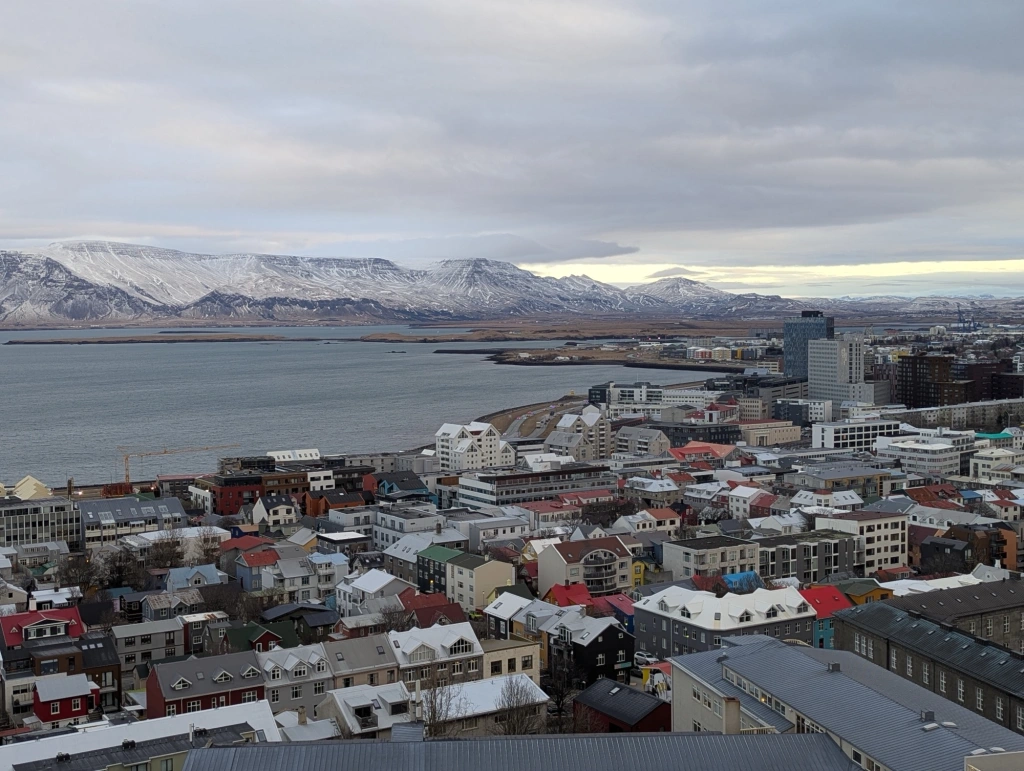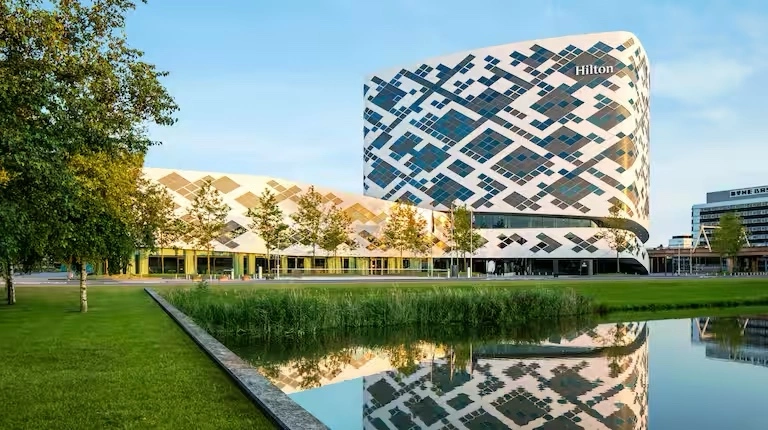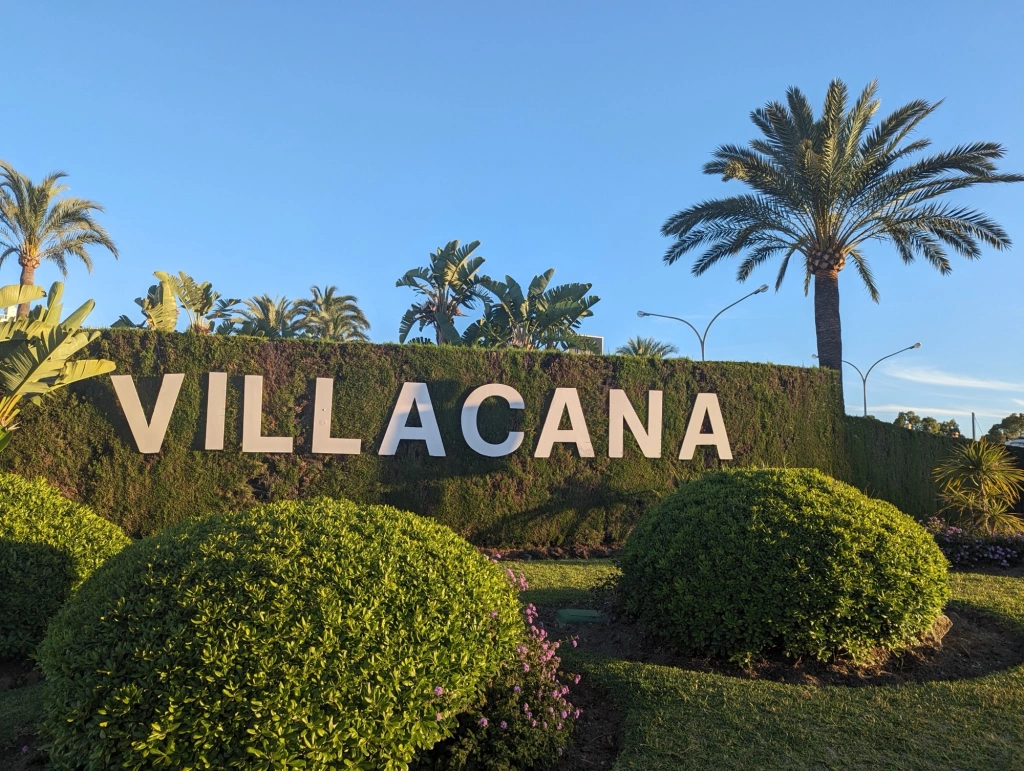With low cost flights on offer to Sweden’s second city, a city break to Gothenburg was very tempting and so on a recent Friday evening we boarded a flight from Manchester airport over to western Sweden. I’m a big fan of the Nordic region and after enjoying visits to Stockholm and Uppsala, I felt certain Gothenburg would be a lovely city to spend time in too.
On arrival at Landvetter airport we caught the airport bus into the city centre. Coaches depart from outside the arrivals hall every 20 minutes. Tickets can either be purchased on board or prior to boarding via the Flygbussarna app. Return fares SEK 259 (£19) per person. With modern coaches and a journey time of just 20 minutes it’s a very convenient way of getting into the city centre and conveniently for us it terminated in the bus station which was just a 15 minute walk to our hotel.
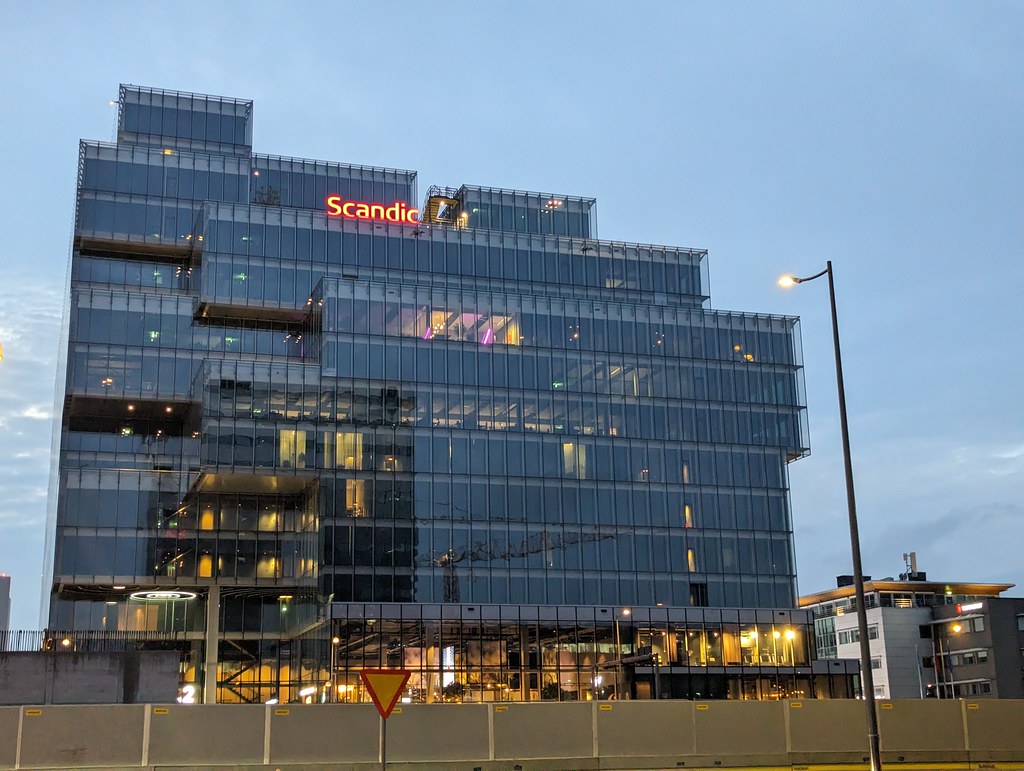
We’d booked a three night stay at the Scandic Gothenburg Central, a recent addition to the city’s newly developed port area. The hotel is located in a port-inspired glass building overlooking the G?ta ?lv harbour inlet. I always enjoy staying in Scandic hotels as they offer good value, have stylish rooms and their vast breakfast buffet sets me up for the day with their healthy spread of fresh fruit, berries, smoothies, dark rye bread and porridge.
It was too late to start exploring that evening but after a good night’s sleep and a delicious breakfast we were raring to go. We walked off our breakfast with a pleasant coastal walk pausing to view the Gothenburg Opera House which has been designed with a distinctively maritime feel having a vast pointed prow jutting out towards the harbour.

Located close to the opera house stands Maritiman, a floating maritime museum comprising historic vessels moored in the harbour. Standard entrance tickets are SEK 175 (£12.90) with a small discount if pre-booked online. It was 10.50 a.m. when we arrived at the museum and as opening time wasn’t until 11.00 a.m. we sat on a bench overlooking the harbour soaking up the early morning sunshine until it was time to go inside.
Touring the boats is well organised as arrows guide visitors around easily from one boat to another. By chance, I think it was a good plan to arrive at opening time as with narrow gangways and steps, moving around is likely to become congested at busy times. We enjoyed stepping on board all but one of the collection of 10 boats, ships and barges which have both military and civilian affiliations. The submarine HMS Nordkaparen was temporarily closed to visitors but with a patrol boat built in 1978, and the repair ship Esau IV which was the world’s oldest fully welded ship alongside others on display there was much to see. Each boat relates the story of what it was actually like to live and work at sea making it interesting for all the family. Maritiman
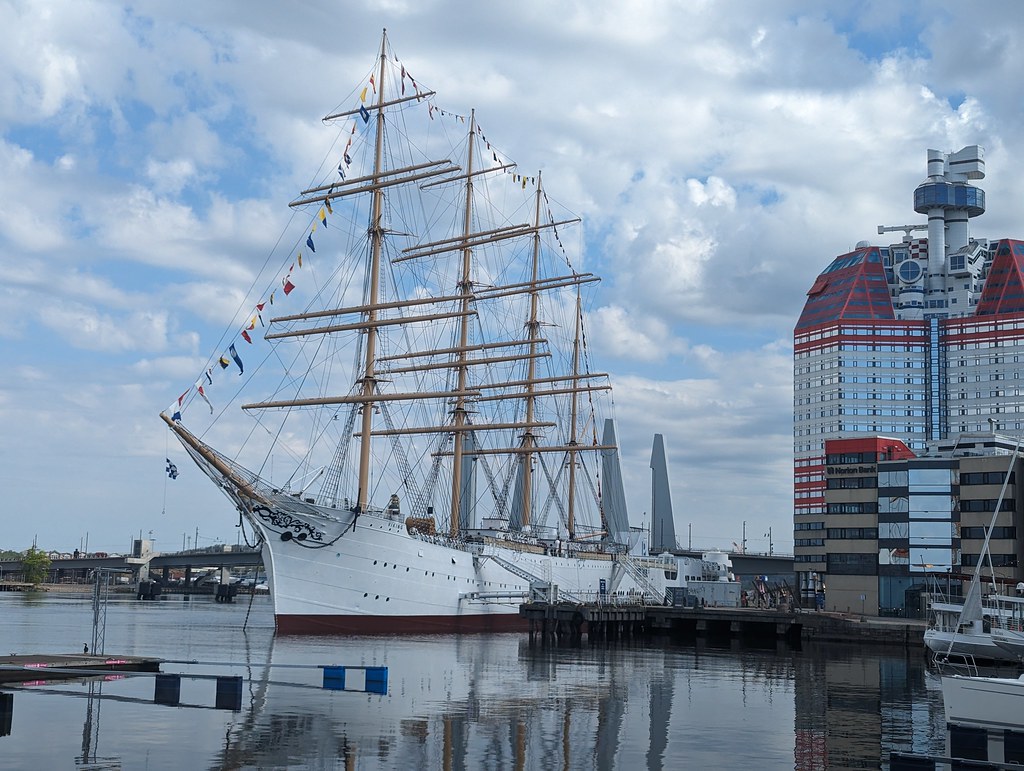
Also moored in the harbour stands the Barken Viking, a 1907 ocean going vessel that’s now been restored as a floating hotel. This four mast ship was built in Copenhagen and originally carried cargo to and from Australia.
Our next stop was just a short walk away and was to the City Museum, located by the canal in an elegant 18th century building known as East India House. This was originally built as the Swedish East India Company’s offices in 1762.
The museum relates the cultural history of the city from its earliest days to the present time demonstrating how Gothenburg originated and developed. Highlights include the remains of a Viking longboat with a gallery reflecting on the Viking period and wars with neighbouring Denmark. Standard admission SEK 70 (£5.16), Gothenburg City Museum.
On leaving the museum we noticed an interesting church close by so decided to take a look inside. Known as the German Church, it opened in 1748 and soon became a place of worship for both Dutch and Germans residing in Gothenburg. The church is constructed from yellow brick and has a separate bell tower. Internally, the interior has beautiful stained glass windows, a magnificent altarpiece and stunning chandeliers.
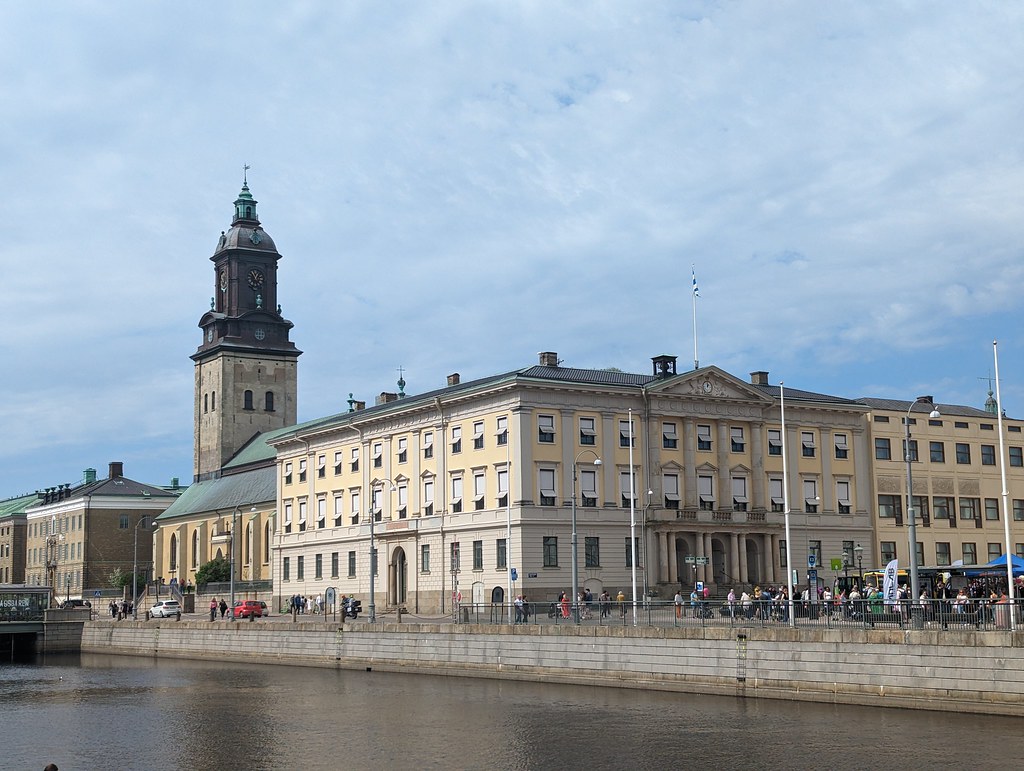
Just around the corner from the church lies the city’s main shopping streets of Kungsgatan, Vallgatan and Södra Larmgatan so we spent awhile browsing the shops before enjoying lunch sitting out on the terrace of one of the many cafes. As we were visiting Scandinavia we felt duty bound to sample the open sandwiches the Nordic region is noted for with our choice of prawn and egg mayonnaise being delicious.
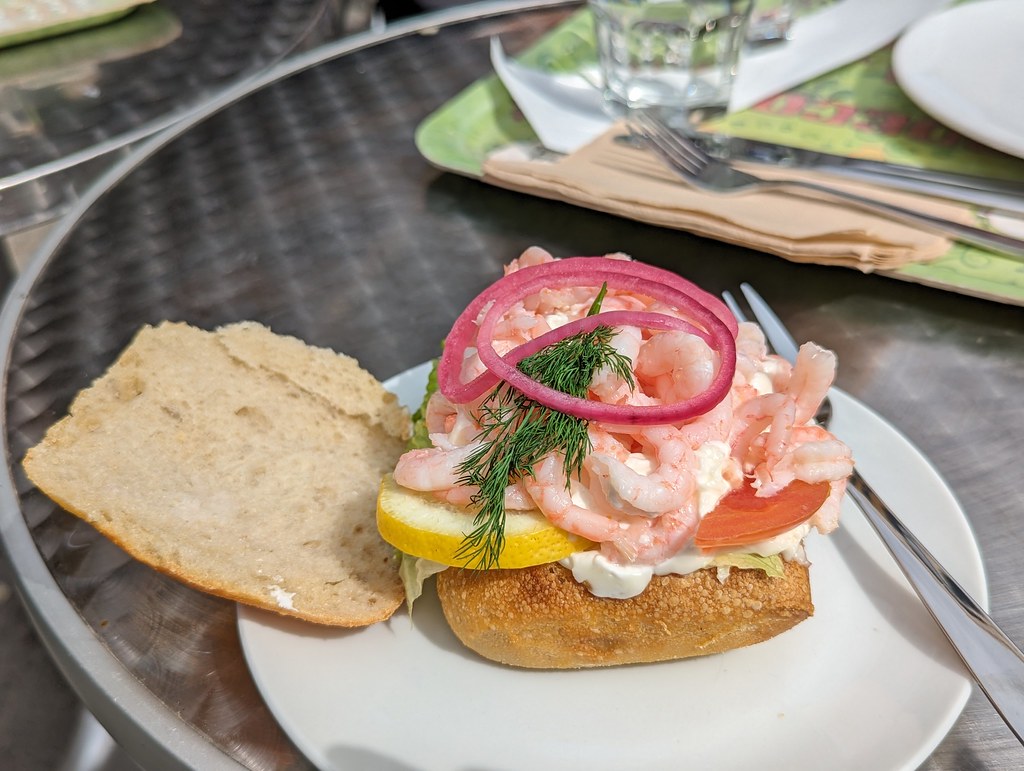
Whilst eating lunch we chatted to a couple sitting on the next table who told us that they lived about 30 miles away and always enjoyed a day out in Gothenburg. From what we’d seen of the city so so far we were fully in agreement.
Wandering around the vibrant shopping streets we couldn’t resist popping into the Stora Saluhallen (Market Hall). This is the largest of the city’s indoor markets and is an epicurean delight with its array of fruit, spices, coffee, fruit and flowers. We browsed the many stalls and cafes with their outdoor seating surrounding the market hall.
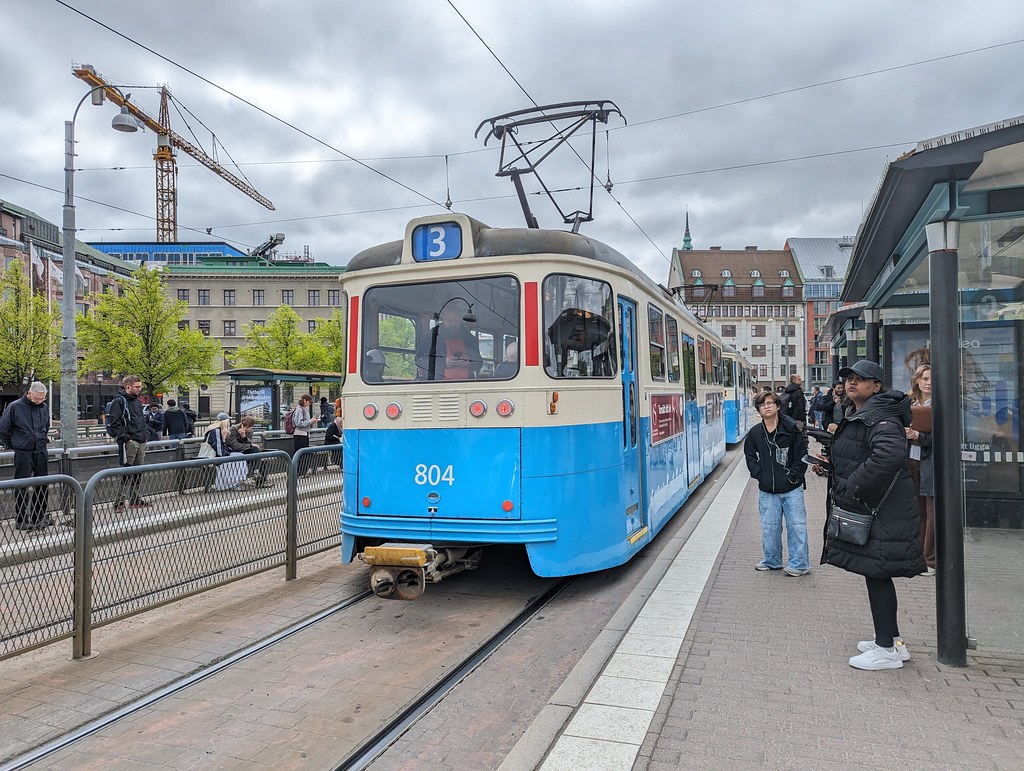
Leaving there, it was then time to explore further afield. Since arriving in Gothenburg on the airport bus we’d got around on foot but as we also wanted to see more of the city we purchased 72 hour travel cards at SEK 230 (£17) each which are available from V?sttrafik offices, 7/11 and Presbyr?n stores. The cards can be used on all local trains, buses, trams and ferries (excluding the airport bus) and just need to be validated on a machine on board a vehicle at the start of the first journey.
With our travel cards organised we boarded a tram to the University of Gothenburg for a stroll around its city centre campus. The university was established in 1891 and is the third oldest of the Swedish universities and one of the largest in the Nordic countries. As we were visiting at the weekend it wasn’t possible to look inside but we instead enjoyed a walk through its parkland setting.
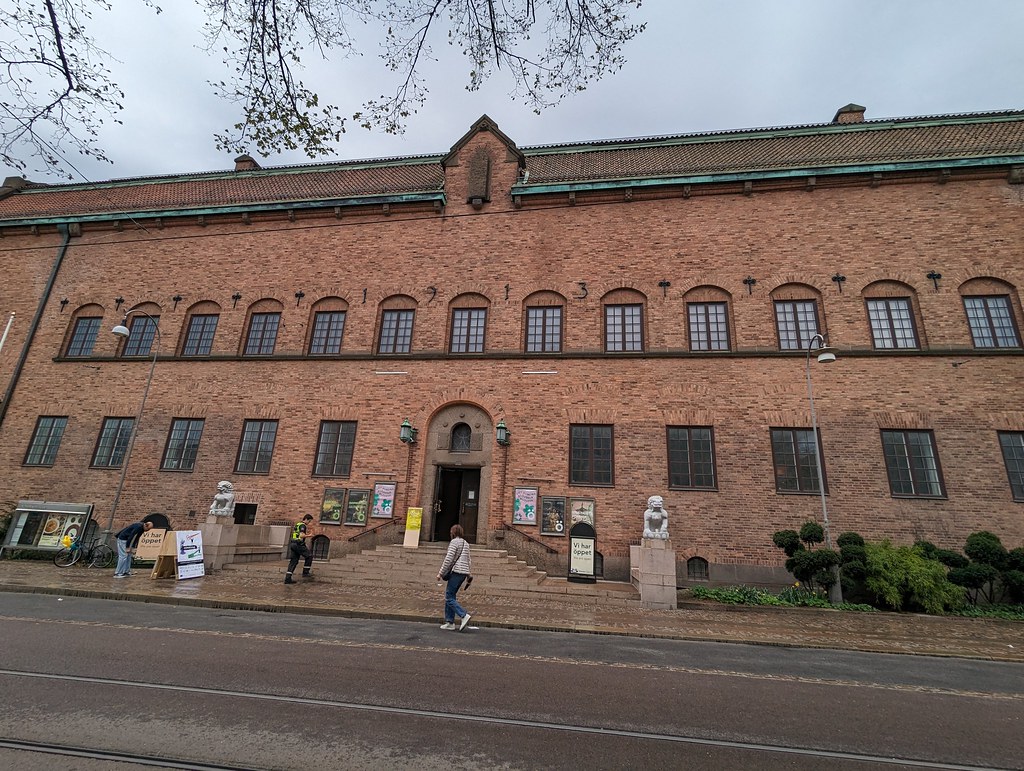
The main reason for taking the tram out to this district was so that we could visit the Museum of Design and Craft, standard entrance SEK 70 (£5.16). The focus of the museum is on both historical and contemporary design crafts.
Comprising over 50,000 objects, the majority of the collection consists of handicrafts and designs from Sweden and the rest of Europe. Additionally, there is a splendid collection of arts and crafts from Japan and China on display on the upper floor.
Of particular interest to us was the gallery displaying product design through the years and down in the basement the vast collection of chair designs through the decades. If you are interested in design and craft then visiting this museum is a must. R?hsska – Museum of Design and Craft.
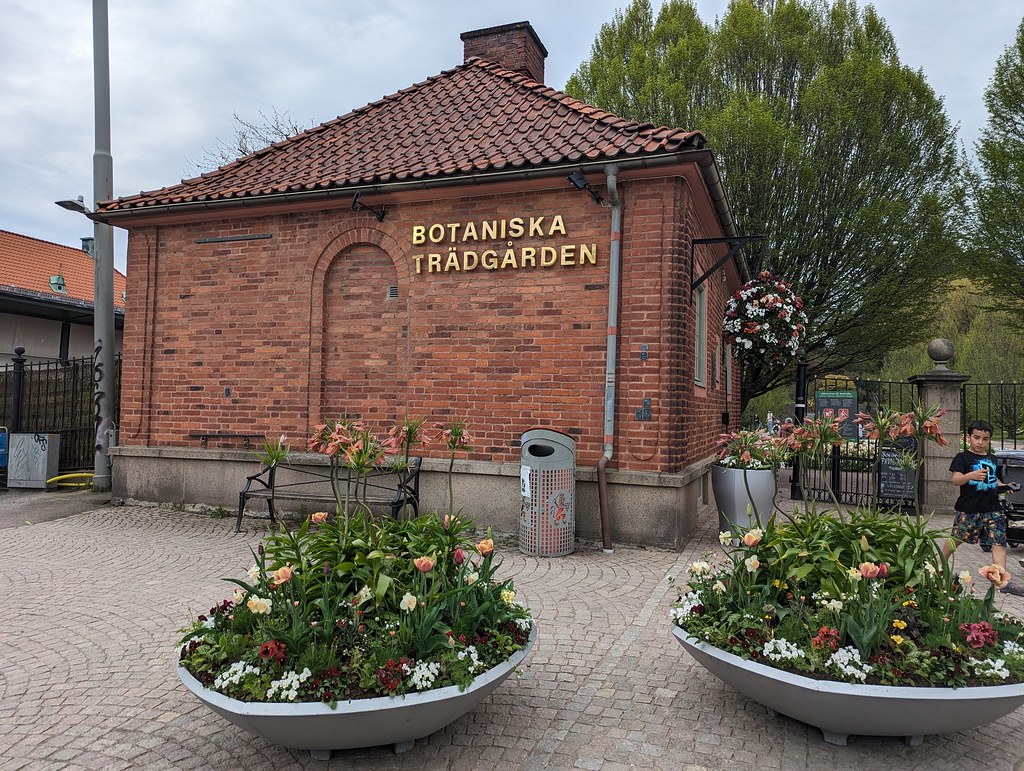
The sun was still shining as we left the museum so we decided to board a tram over to the Botanical Garden. The garden’s entrance was less than ten minutes walk from the tram stop and clearly signposted. Gothenburg’s Botanical Garden is free to visit and is absolutely beautiful. Founded in 1923 it is one of the largest gardens of its type in Northern Europe and occupies 20 acres containing approximately 20,000 different, plants, trees and shrubs.
The garden is divided into different sections linked by lawns and lines of trees. We explored the kitchen and herb gardens before enjoying tea and cinnamon buns in the attractive pavilion cafe. After half an hour’s rest we were ready to continue uphill to view the Japanese and South Korean gardens with their cherry blossom trees out in full bloom.
As our visit was in early May, daffodils, tulips, hyacinths and pansies were all at their best, adding splashes of colour to the well tendered flowerbeds. Visiting the garden had been the perfect way to end our first full day in Gothenburg and we looked forward to more adventures in the coming days. Gothenburg Botanical Garden.


